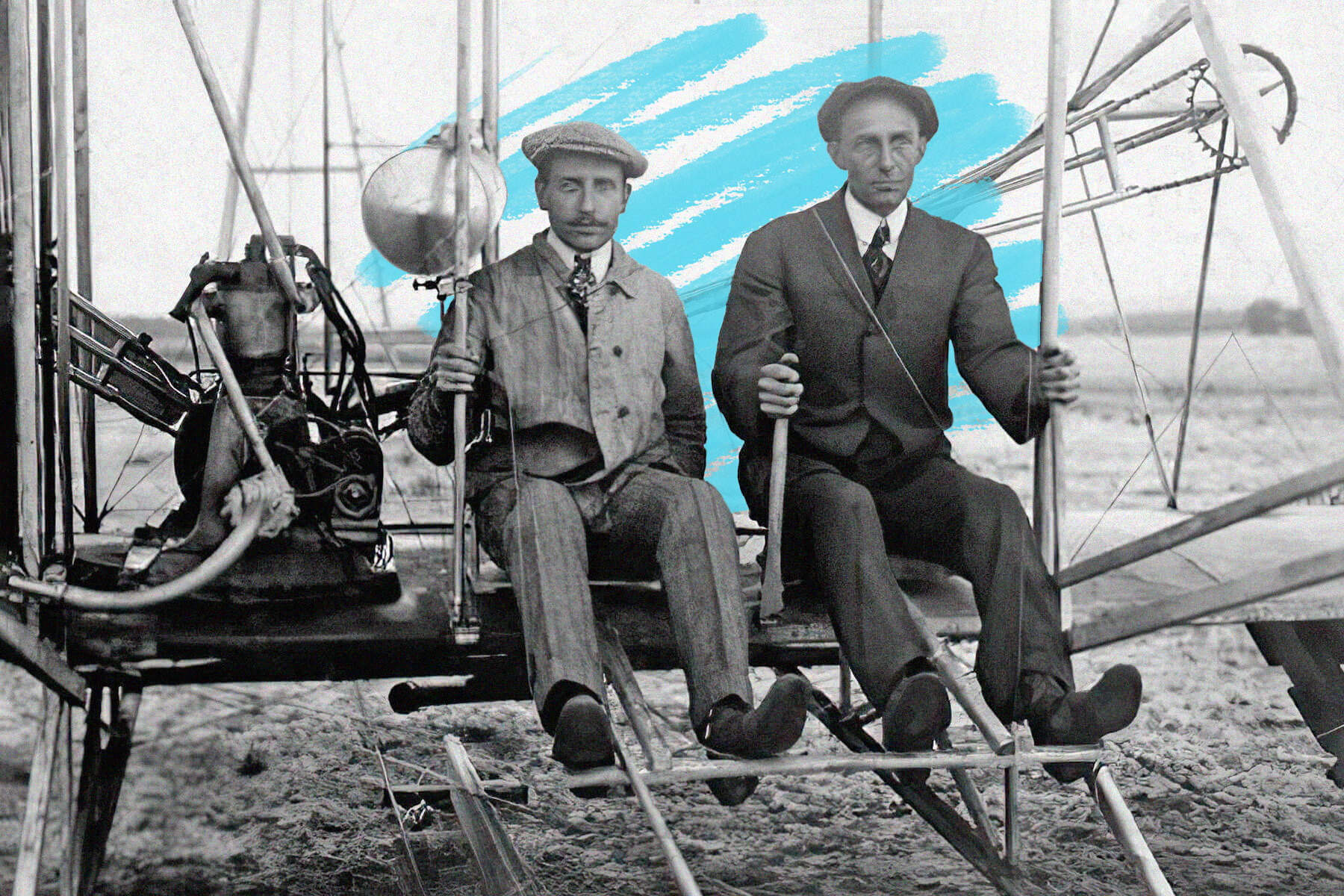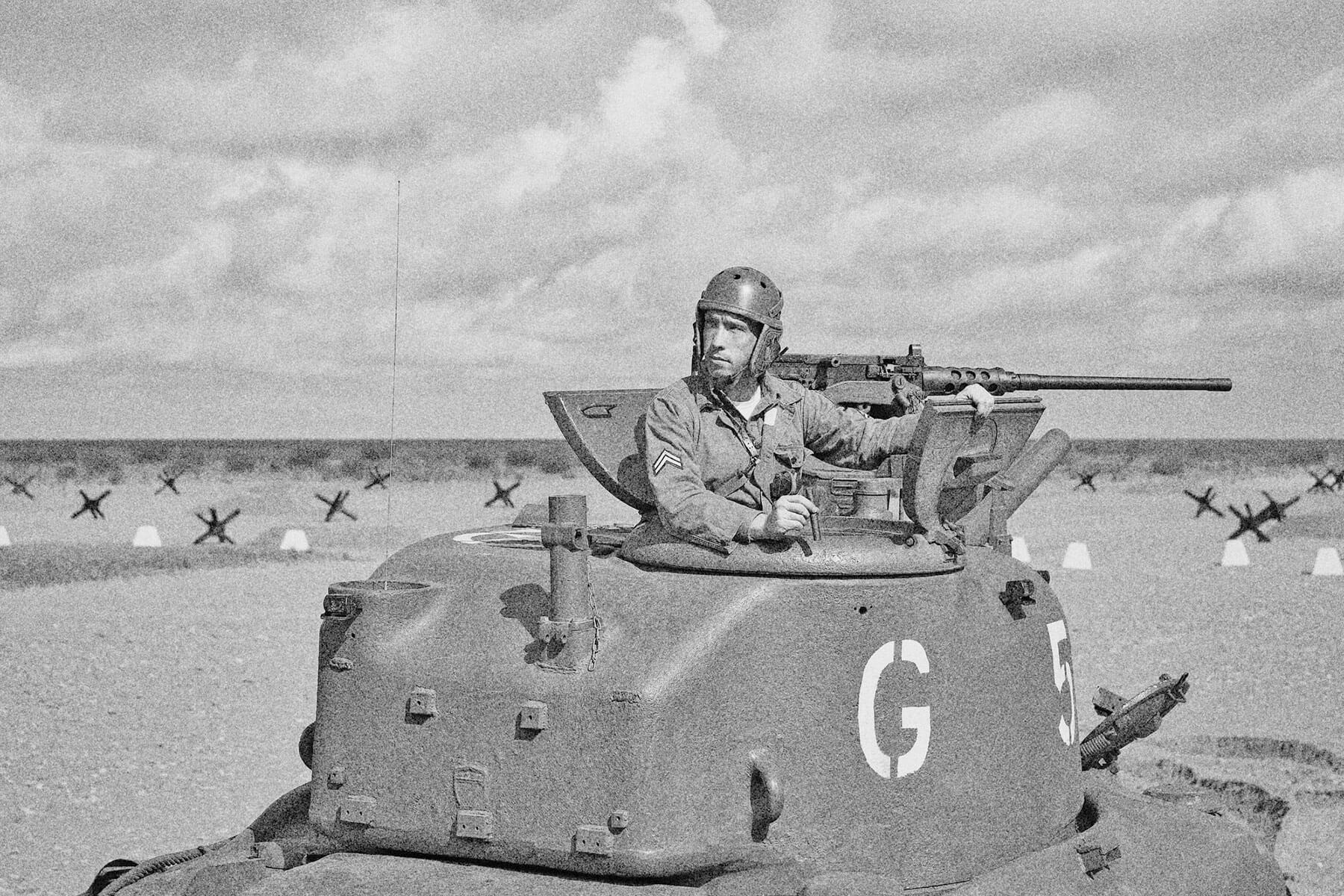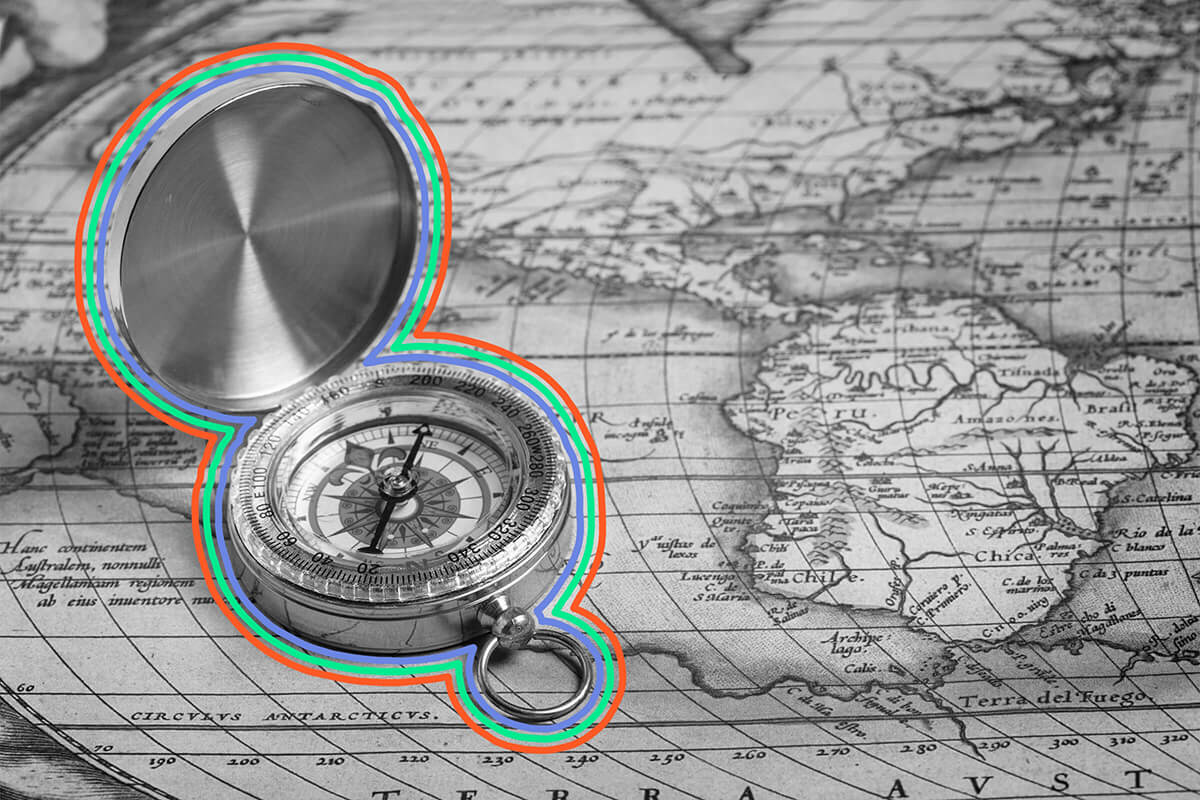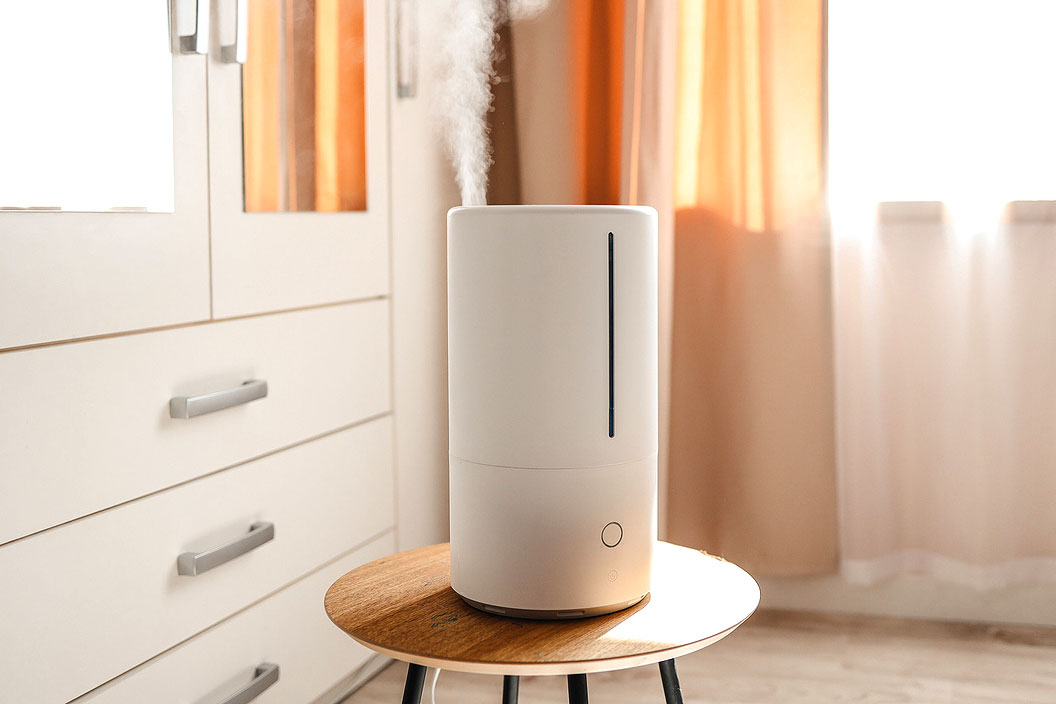The Wright brothers made aviation history on December 17, 1903, as Orville Wright piloted the groundbreaking Wright Flyer aircraft for the world's first powered flight while Wilbur Wright ran alongside. |
| |
| |
|
 |
|
| T he Wright brothers made aviation history on December 17, 1903, as Orville Wright piloted the groundbreaking Wright Flyer aircraft for the world's first powered flight while Wilbur Wright ran alongside. This event marked one of many instances where one brother took to the skies while the other remained on land, as the pair flew in an aircraft together only once. It was a conscious decision stemming from a promise that Orville and Wilbur made to their father, Milton Wright, vowing to never fly together because of the risk of a plane crash. The safety measure also ensured that if one suffered an accident, the other could continue their pioneering aeronautical work. Such an incident nearly occurred on September 17, 1908, during the world's first fatal plane crash. With Orville at the helm, the flight tragically claimed the life of a passenger on board, U.S. Army Lieutenant Thomas E. Selfridge, though Orville survived the ordeal. |
|
|
| On May 25, 1910, the Wright brothers flew together for the first and only time in their lives. That day, Milton Wright permitted his sons to conduct a six-minute flight together near Dayton, Ohio. With Orville piloting the plane and Wilbur as his passenger, the duo ascended into the sky and landed without issue. Orville then took his 81-year-old father aboard the plane for the first and only flight of the patriarch's life; as the plane gained elevation, Milton excitedly shouted, "Higher, Orville, higher!" |
|
 |  |
|
|
 |
|
| |
|
| Estimated cost of building the first Wright Flyer (about $35,000 today) | | | $1,000 |
| | | Length (in seconds) of the Wright brothers' inaugural flight | | | 12 |
| | | Length (in seconds) of the Wright brothers' inaugural flight | | | 12 |
|
|
|
| Year the Wright brothers opened a bicycle sale and repair shop | | | 1892 |
| | | Fastest speed (in miles per hour) ever achieved by an aircraft | | | 4,520 |
| | | Fastest speed (in miles per hour) ever achieved by an aircraft | | | 4,520 |
|
|
|
 |
|
 | | Did you know? |
|
|
Pieces of the Wright Flyer went to the moon in 1969. |
|
| As a pioneering aviator and fellow Ohioan, Neil Armstrong long admired the Wright brothers and their contributions to flight. In July 1969, Armstrong paid homage to his heroes by stowing several pieces of the original 1903 Wright Flyer aboard the Apollo 11 lunar module. During the Apollo moon mission, each astronaut was permitted to bring a "personal preference kit" containing items of significance. Buzz Aldrin's kit was filled with wine and bread that he used to perform the first known communion on the moon. Armstrong, meanwhile, carried pieces of muslin fabric and wood from the Wright Flyer propeller, which he had acquired as part of a special agreement with the U.S. Air Force Museum. These relics traveled all the way to the surface of the moon aboard the lunar module Eagle and were donated to the Smithsonian upon the astronauts' return, though Armstrong kept several of the artifacts for his personal collection. |
|





















0 comments:
Post a Comment